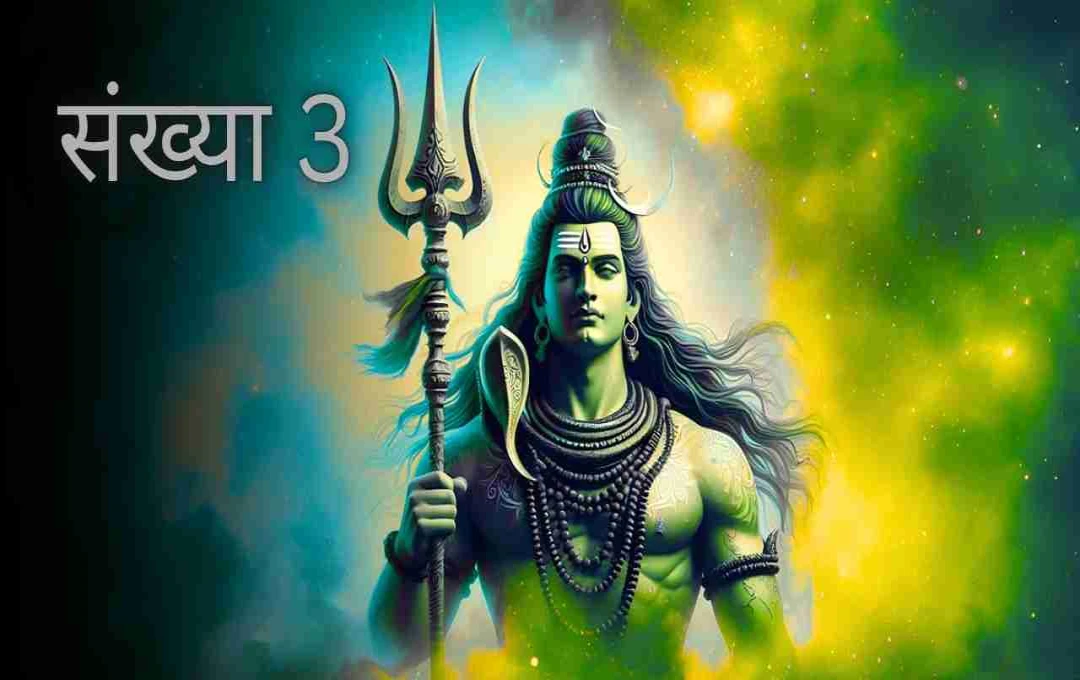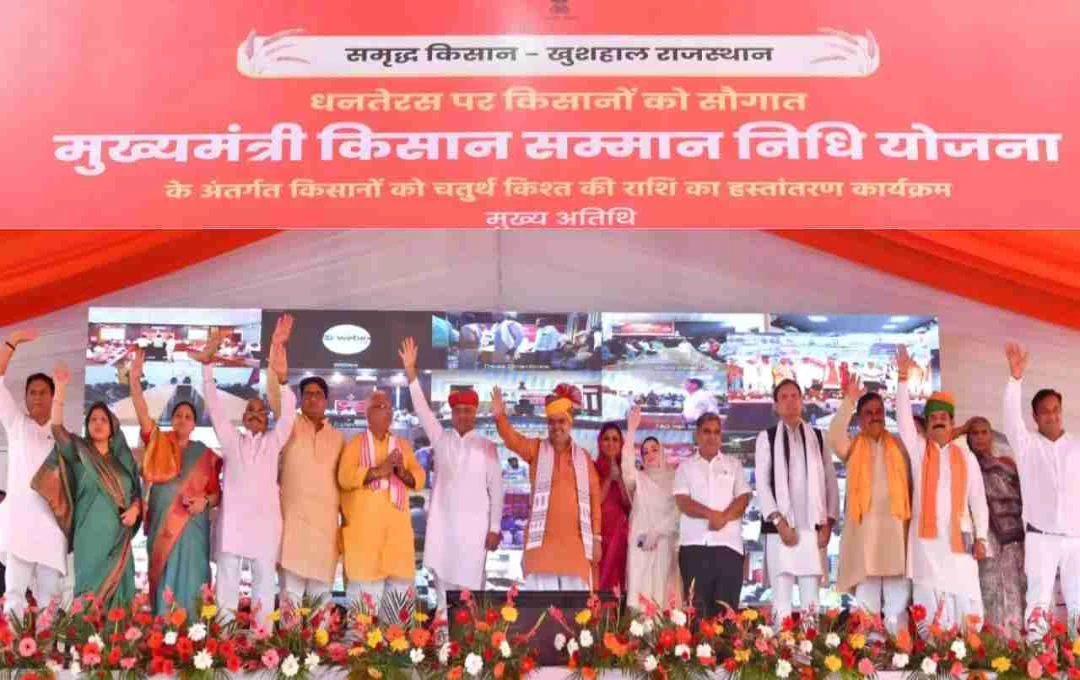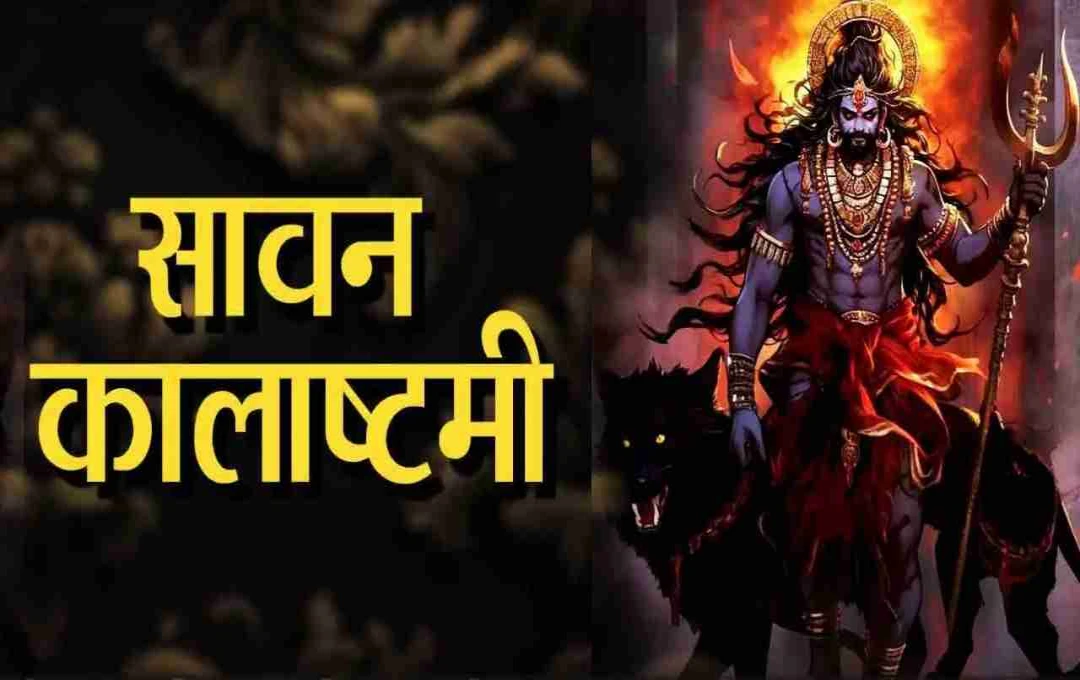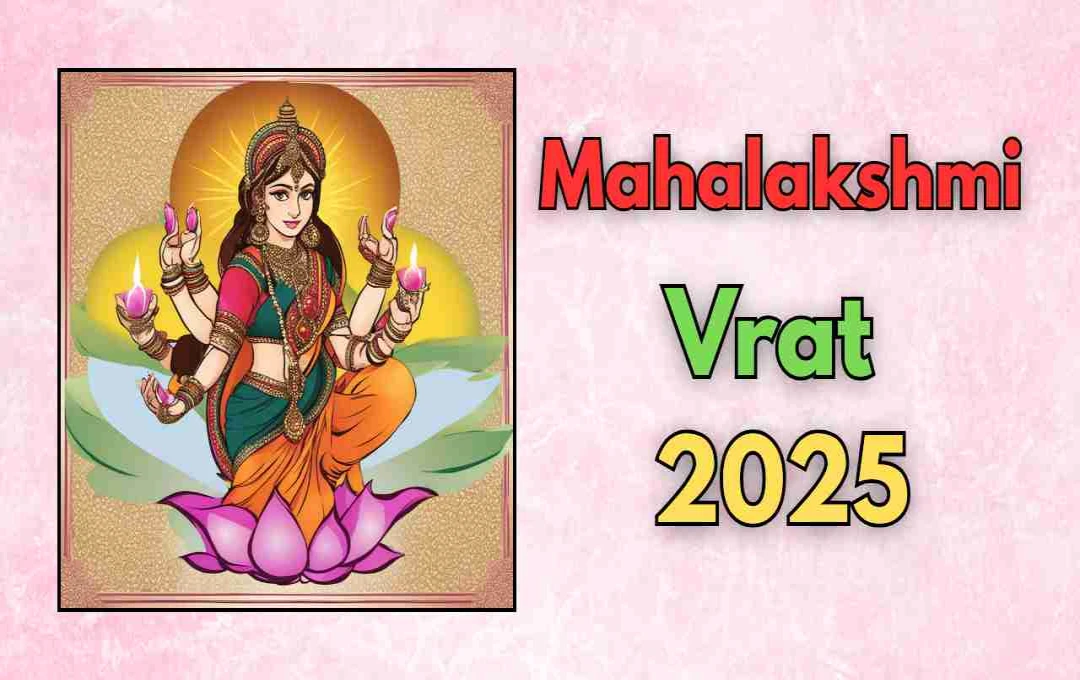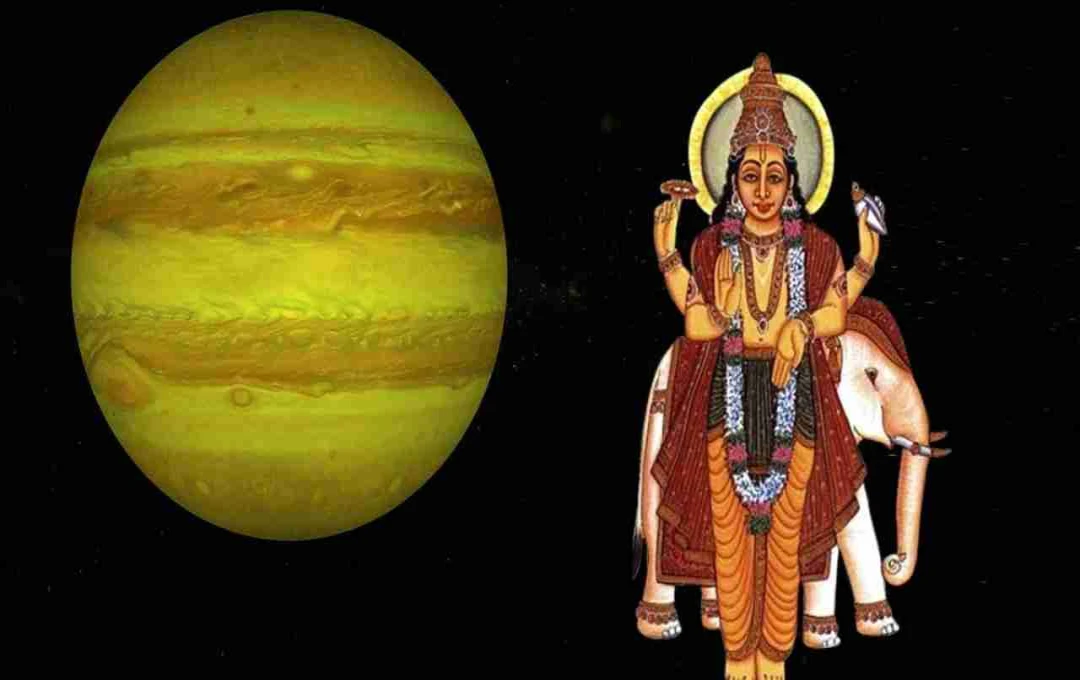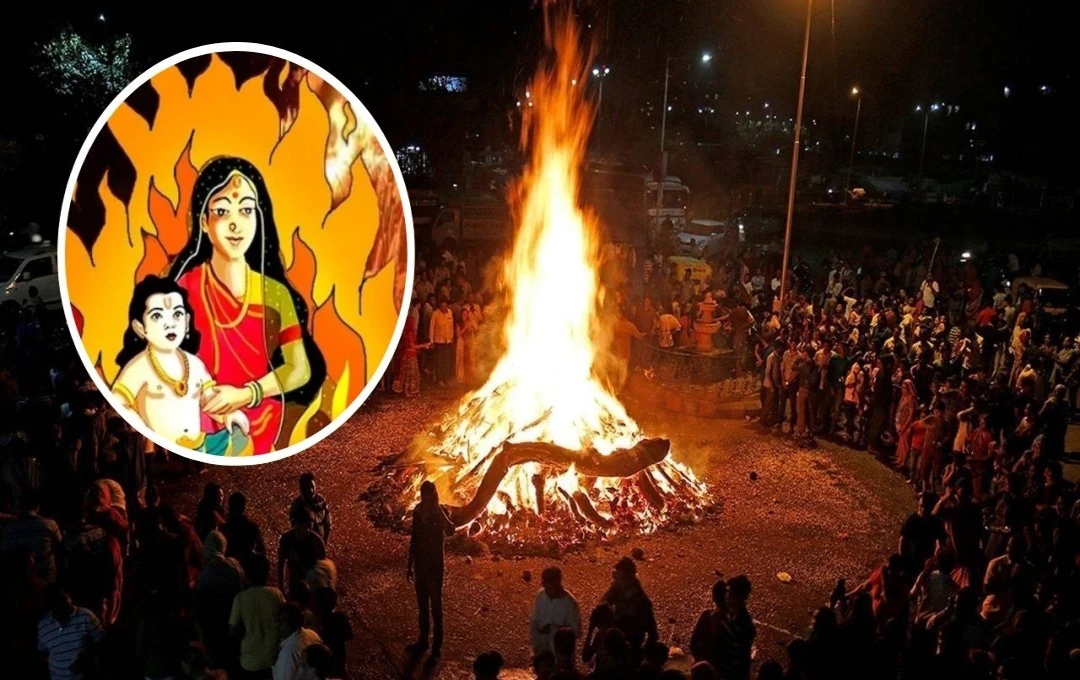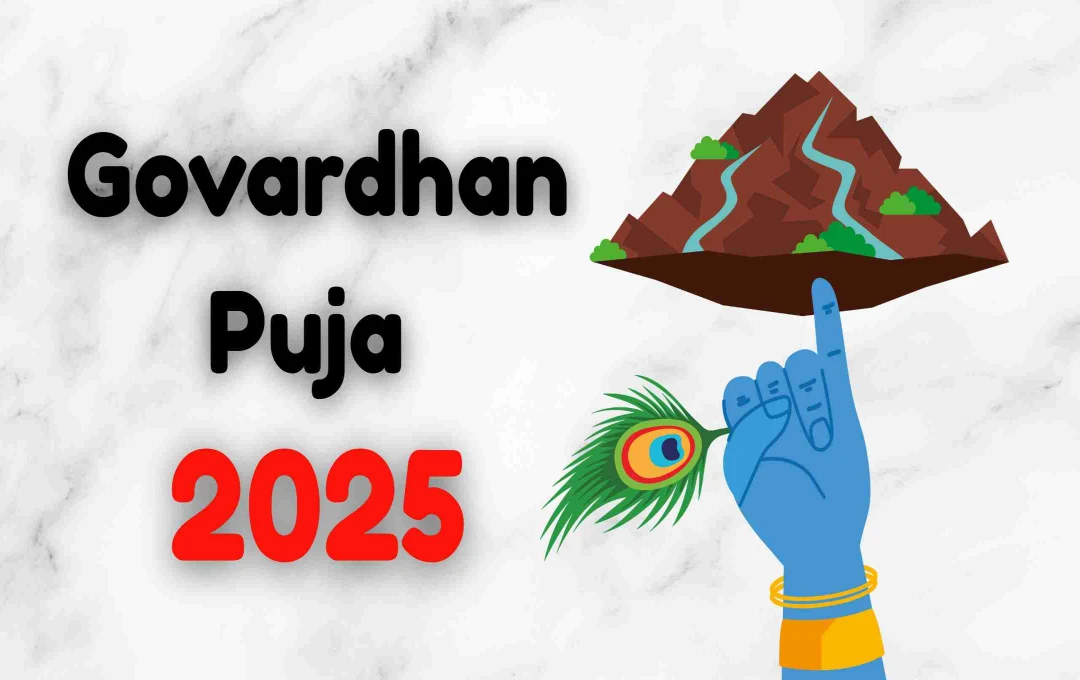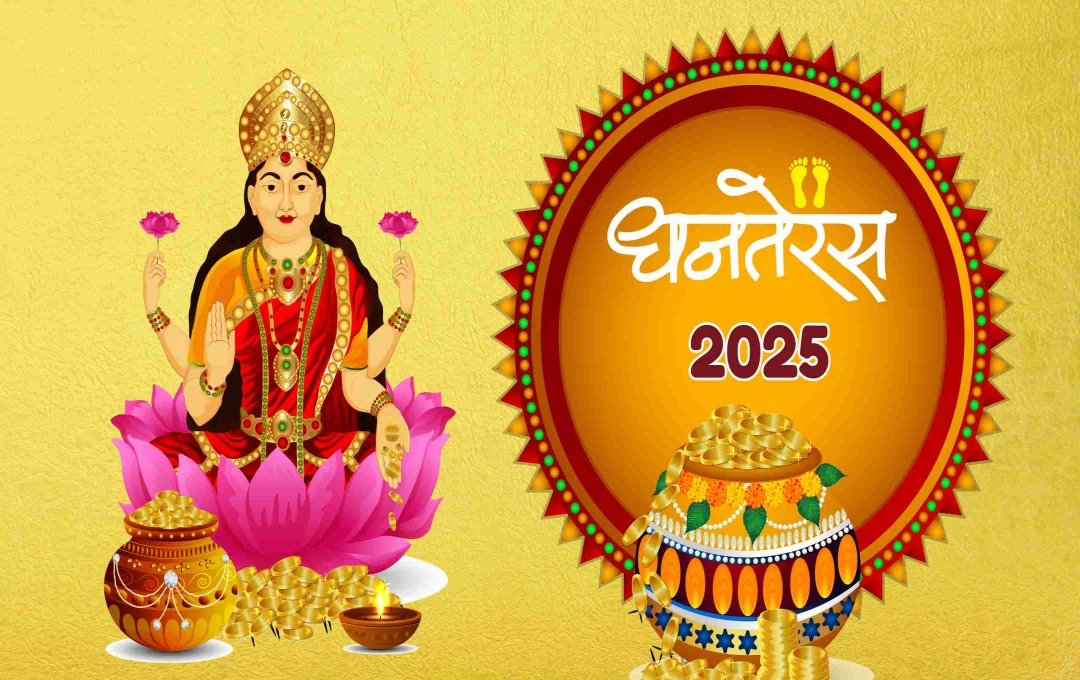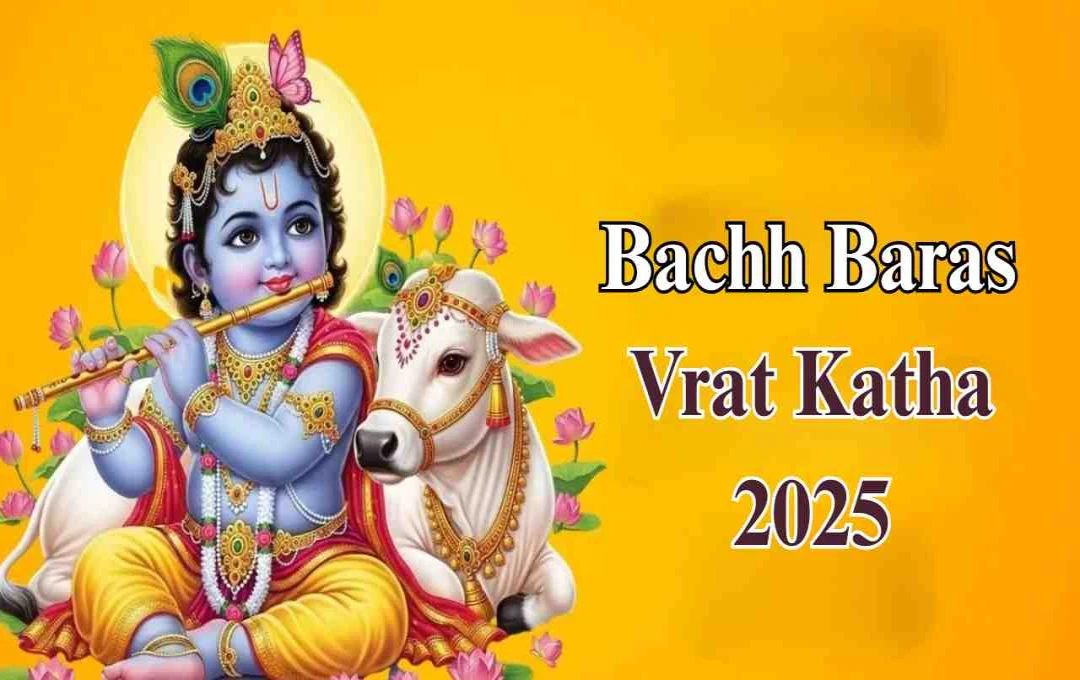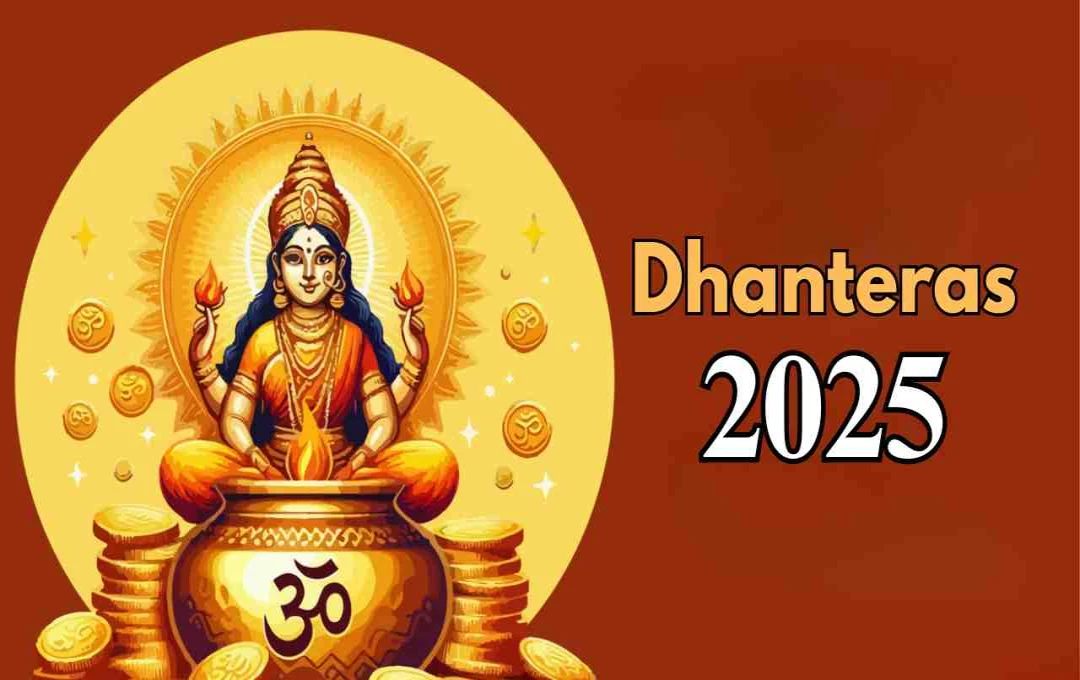As the month of Sawan arrives, a river of devotion starts flowing in the heart of every Shiva devotee. The atmosphere becomes completely devotional with the echoes of 'Bol Bam' in the temples and the preparations for Jalabhishek (offering of water) in the Shiva temples. But have you ever noticed that the number 'three' has a special role in everything related to Lord Shiva? Whether it is the Trishul (trident), the Trinetra (third eye), or the Tripundra (three lines on the forehead), the number three is visible everywhere.
So what is the secret of this number? Is it merely symbolic, or is there a deeper spiritual understanding hidden behind it? On this special occasion of Sawan 2025, let's find out why this wonderful number three is so dear to Lord Shiva.
Trishul: Representation of the Three Lokas (Realms)
The Trishul held by Lord Shiva is not just a weapon but is considered a symbol of the three Lokas – Akash (sky), Dharti (earth), and Patal (netherworld). This Trishul signifies that Mahadev is Trilokinath (Lord of the three realms), who has authority over the entire universe.
In addition, the Trishul is also associated with the three Gunas (qualities) – Sattvic, Rajasic, and Tamasic. These three qualities are found within every living being, and Shiva is the power that maintains their balance. The Trishul is a symbol of controlling these three qualities.
Trinetra: Shiva's Gateway to Knowledge and Destruction
Shiv Ji is also known as Trinetradhari (the one with three eyes). The third eye located on his forehead is different from the normal eyes. This eye is not only for seeing, but it is a symbol of consciousness, intuition, and ultimate knowledge.
According to a story described in the Puranas, when Kamadeva (the god of desire) tried to enchant Lord Shiva, Shiva opened his third eye, and Kamadeva was reduced to ashes. This third eye can be the cause of someone's destruction and can also elevate someone to the heights of knowledge.
The three eyes are also considered a symbol of the balance of mind, intellect, and consciousness. Shiva's Trinetra signifies that he monitors not only the external world but also the inner self.
Tripundra: Symbol of Three Lines on Shiva's Forehead
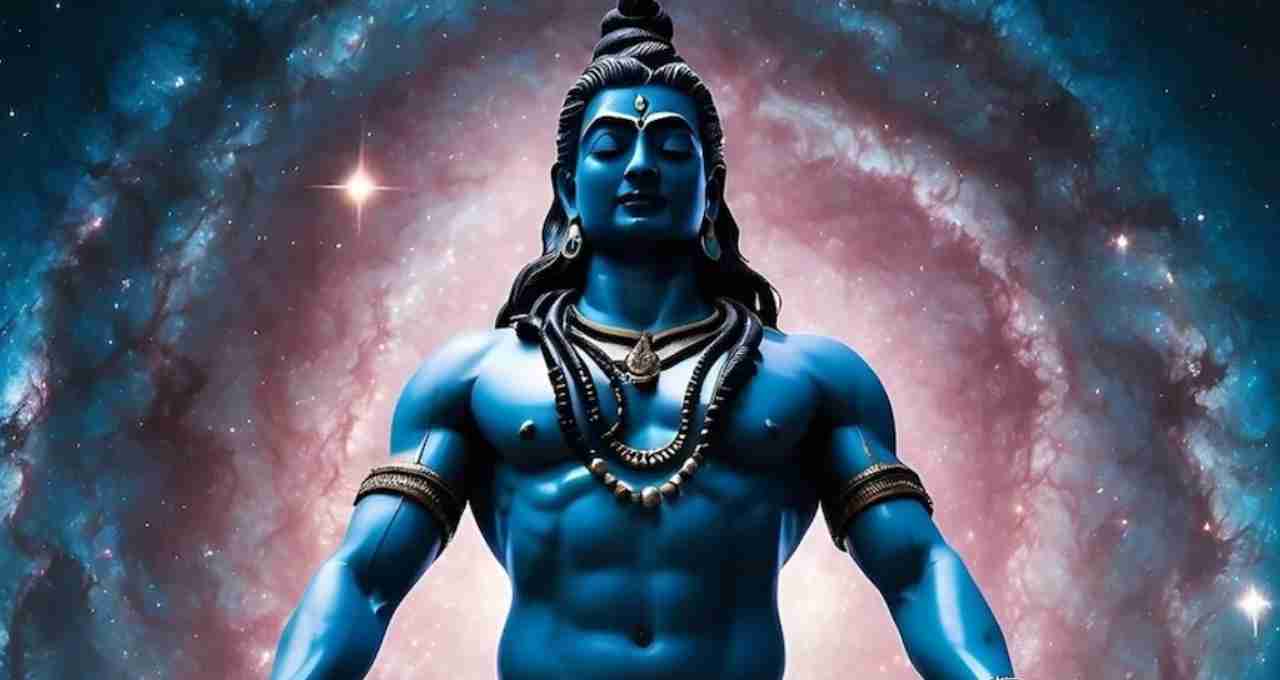
The three horizontal lines drawn on Shiva Ji's forehead with white ash are called Tripundra. It is not just a religious symbol but is deeply connected to spirituality.
The three lines of the Tripundra represent the three Lokas – Bhuloka (earth), Bhuvarloka (atmosphere), and Swargaloka (heaven). It also indicates the balance between Adhibhautik (the physical world), Adhyatmik (the soul), and Adhidaivik (gods and nature).
Applying Bhasma (ash) is considered a symbol of devotion to Shiva. This ash is indicative of the destruction of ego, attachment, and illusion, which is inherent in the lines of the Tripundra.
Belpatra: Symbol of the Trinity
The Belpatra (wood apple leaf) offered on the Shivlinga always has three leaves. These three leaves are symbolic of the Trinity – Brahma, Vishnu, and Mahesh (Shiva).
In addition, in some religious beliefs, these leaves are also considered to be the form of the three powers – desire, action, and knowledge. When Belpatra is offered on the Shivlinga, it is believed that the devotee offers all three powers to Shiva.
Trishakti: Three Goddesses Also Connected to Shiva
The Trishakti – Saraswati, Lakshmi, and Parvati are also associated with the number three, and these three goddesses are deeply connected to Shiva's family. Saraswati is the goddess of knowledge, Lakshmi is the goddess of wealth, and Parvati is the goddess of power. Shiva's form is complete with the union of these three.
Why the Number Three Becomes the Identity of Shiva's Essence
If you look deeply, the number three appears repeatedly in every symbol of Lord Shiva. Whether it is his weapon, the structure of his body, or the method of worship, the presence of three everywhere suggests that Lord Shiva's philosophy, knowledge, and consciousness are based on three pillars.
Three is not just a number but a balance – of creation, sustenance, and destruction. This is why Shiva is not just a deity but a complete element that pervades every corner of the universe.
